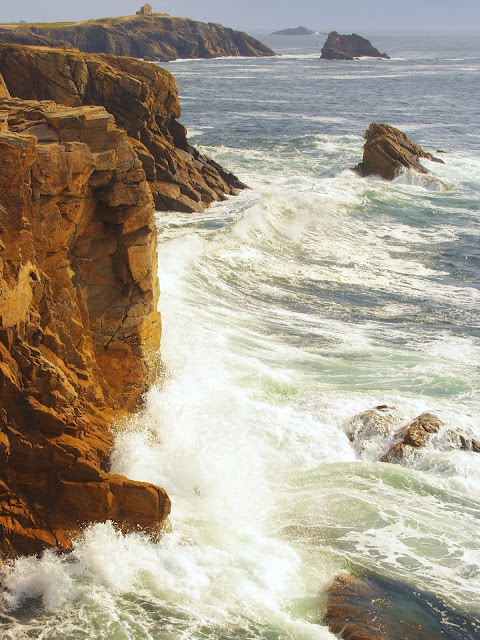Adobe's mind boggling Super Resolution Mode.
This article explains what it does and how it does it. Now I'm not going to repeat any of this or do something similar. Instead I'm going to discuss what it can do for me and for other photographers. First off, it works and it works really well. I was stunned by how well it upsizes files. It not only doesn't degrade the image, it actually makes the image slightly sharper. Yes, in real terms it is actually inventing detail when it, for example, upsizes a 16MP file to 64MP, but it does it so well that it's impossible to see any artefacts. Since I started using it I'm converting all my newly shot files to this enhanced super resolution format. So what does it offer me?
1. YOU CAN CROP A SINGLE IMAGE TO CREATE OTHER IMAGES.
The above shots were taken years ago with an Olympus E4 3.97MP camera. They are now 15MP and look great.
3. YOU CAN USE WHATEVER CAMERA OR FORMAT YOU WANT.
If you are a m4/3 fan for example, but are worried about the lack of pixels, then worry no more.
The above shot was taken on a 12MP Panasonic GH1. It's now over 40MP and again looks great and perfectly natural. Adobe have changed the rules on image size. The Enhance / Super resolution mode means that as photographers we don't have to keep on chasing Megapixels or having to buy a full frame camera. This is really an opportunity to use the cameras and formats we like. For example, I have bought a Nikon Z50 camera and have sold my Z7. I just don't need all those pixels. It so happens that the pixel destiny of the full frame Z7 and the APS-C Z50 are about the same, do the Z50 is capable of terrific results when enhanced in the Super Resolution Mode.
The advantage of an APS-C sensor for me is that I get more depth of field and the Z50 is smaller, lighter and cheaper than the Z7. I will be doing a review of the Z50 in the near future.
4. DSLR / MIRRORLESS CONVENIENCE WITH MEDIUM FORMAT QUALITY.
Yes you read that right, I believe that this Super Resolution mode gives Medium Format Quality. Since using it I have been blown away by the quality of files that I am creating. I cannot find any problems with them. And the better the lenses the better the final image. Some images I have shot on my Nikon primes are simply breathtaking, easily the equal of some Fuji GX raw samples I downloaded.
Now I am well aware that not everyone will agree with this. And to be honest I can't see it being widely used. But I'm a professional photographer and I know it will work for me. While it is extremely rare for my images to be used at the size these images can produce, just the fact that they are so large will show clients that my images have been shot on a serious camera. In fact the less people use this the more advantageous it is for me!!!. If you look the comments section of the Dpreview article you will see a lot of negativity, which I find difficult to understand. But then this is a forum and we all know what kind of BS emanates there.
So, Is there a downside? Well, two things as far as I can see. Firstly the process of creating a new .dng raw file, which is what this software does is VERY slow. It utilises the computers GPU and pretty much takes over the computer, meaning you can't use it for anything else and there is lot's of fan activity going on. It can take 5 minutes to convert one image. You can batch process but as you will realise, this takes a while. Fortunately I have other computers so I can set one going to work on this alone.
The second thing I've noticed is that it doesn't seem to work very well on smartphone images. Yes it upsized the images and produced a sharp file, but with a lot of luminance noise. Perhaps this is at the limit of what those small sensors can do and since most smartphone output is to a heavily compressed jpg. that probably doesn't help either.
All in all however is that I am seriously impressed and this will be my mode of working from now on. I will of course need lots of storage since these enhanced files are 100's of MB's in size. But some have argued that this is the greatest advance ever in digital photography. And I have to say I pretty much agree with that.












